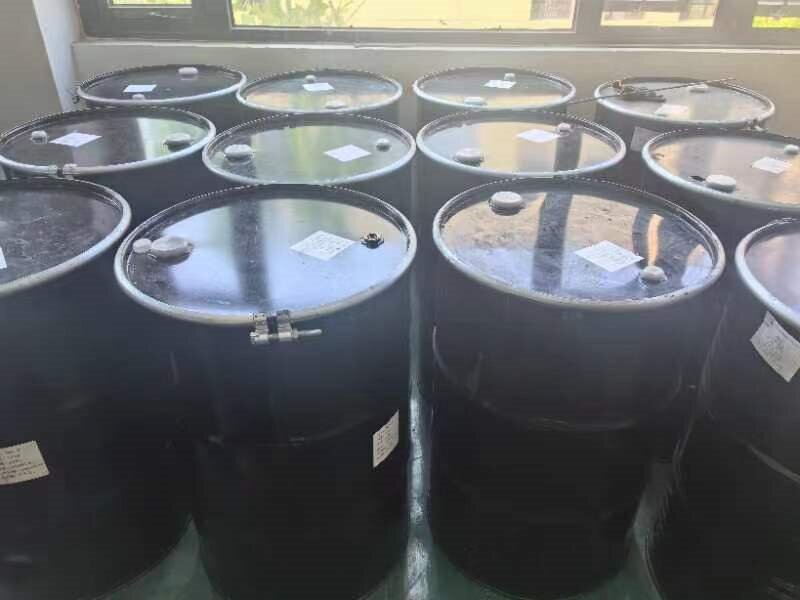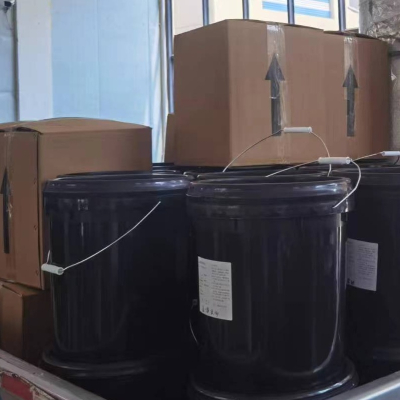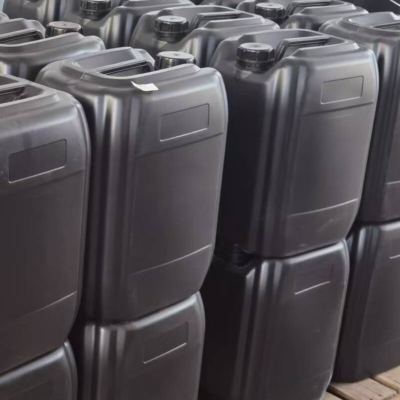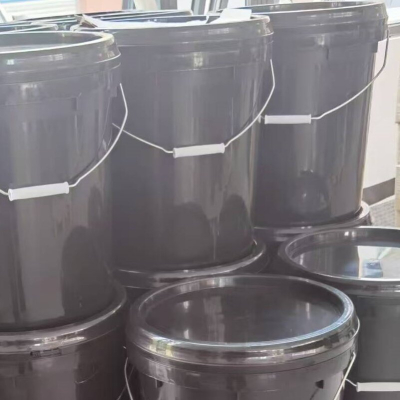UV glue curing principle
UV glue curing principle
UV adhesive curing principle is through ultraviolet light irradiation to trigger a chemical reaction, so that the glue in a few seconds from the liquid state into a solid state. UV adhesive, also known as shadowless adhesive or photosensitive adhesive, is a kind of adhesive that must be cured by UV light irradiation. The curing principle is based on the chemical reaction of photoinitiators (or photosensitizers) under UV light irradiation. When UV light is irradiated into the UV adhesive, the photoinitiator absorbs the UV light and produces reactive free radicals or cations, which in turn triggers the polymerization of monomers and cross-linking chemical reactions. This process makes the glue in a few seconds from the liquid state into a solid state, so as to achieve rapid bonding fixed. UV glue curing process is not only environmentally friendly, but also has no volatility, fast curing speed, transparency and other advantages. In addition, UV glue has a wide range of applications, including but not limited to the bonding of glass products, crystal products, plastics and other materials. The main component of its prepolymer is acrylate, which accounts for about 30% to 50%. When using UV glue, you need to pay attention to the fact that only light-transparent object surfaces can be effectively bonded, because ultraviolet rays cannot penetrate opaque substances.





